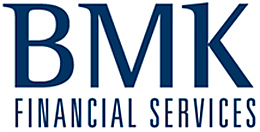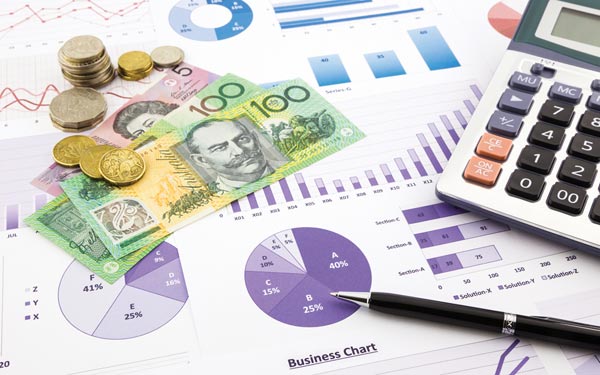Australia delivers good company investment earnings
The eagerly anticipated Australian corporate earnings season for the first half of the 2014-2015 financial year unfolded during February. Coming into the season, market analysts were expecting earnings forecasts for industrial companies to be realised, with declines in resources sector earnings offset by better growth among industrial companies.
Overall, more companies have reported earnings growth in line with estimates and a lower proportion have disappointed the market.
Investment Update
In summary:
- 55% exceeded earnings expectations (versus a norm of 43%);
- 66% have seen their profits rise from a year ago (in line with recent trends); and
- 62% have increased dividends from a year ago (also in line with recent trends).
The better performers during the season were beneficiaries of the continuing low interest rate environment such as banks, property and infrastructure companies, along with companies that generate significant revenues from offshore businesses. Efficiency gains from cost reductions also continued to be a common theme.
A key feature of this results season was significant increases in dividends, with many companies choosing to reward shareholders with additional returns of cash rather than reinvesting in their businesses. While this is good for shareholders, it does raise the question of management confidence in pursuing future growth opportunities.
Looking ahead to the full year results, companies that benefit from a weaker Australian dollar and exposure to strong growth opportunities outside of Australia should continue to do well, as will companies that can continue to deliver sustainable growth in dividends.
Listed infrastructure is likely to perform well in a ‘goldilocks’ environment
by Jonathan Reyes, Portfolio Manager/Analyst – Global listed infrastructure
As investors look to position their portfolios for growth in 2015, we’ve been sitting down with our clients to explore the role that global listed infrastructure securities can play in achieving their objectives. As a declining commodity backdrop fades (the price of crude oil is slowly stabilising), our conversations indicate that both retail and institutional investors are generally more positive.
Despite crude oil being down almost 50%, listed infrastructure as an alternative asset class, delivered gains of more than 20% in 20141.This proven performance during a period where commodity prices were falling sharply is testament of infrastructure’s low correlation to crude oil and the diversification benefits that exist when investors add global infrastructure securities to their portfolio.
We know that market sentiment can change rapidly, and moving into March, we are fielding more questions from investors about the implications of the European and Japanese quantitative easing programs on infrastructure. My view is that infrastructure securities along with other select assets such as real estate investments trusts are likely to perform well during times of quantitative easing. This is because low interest rates and low but positive growth creates a ‘Goldilocks’ – not too hot, not too cold – environment for long duration and high-yielding assets.
1. Source: AMP Capital, Bloomberg, Dow Jones Brookfield Global Infrastructure Net Accumulation Index (Hedged AUD), one-year return as at 30 January 2015








